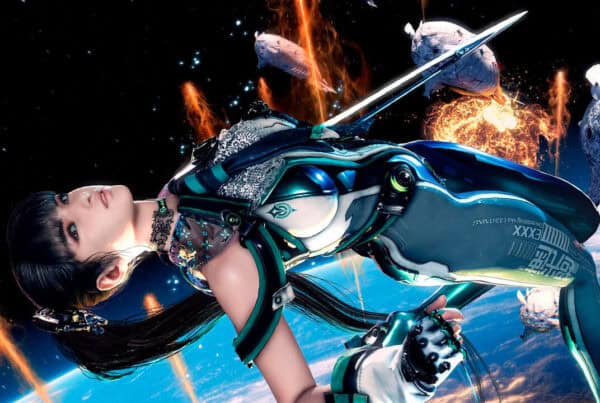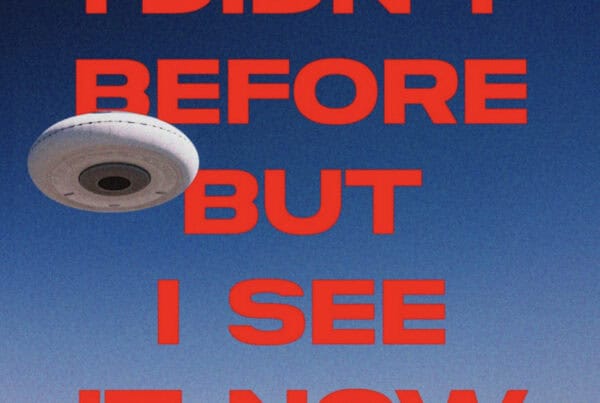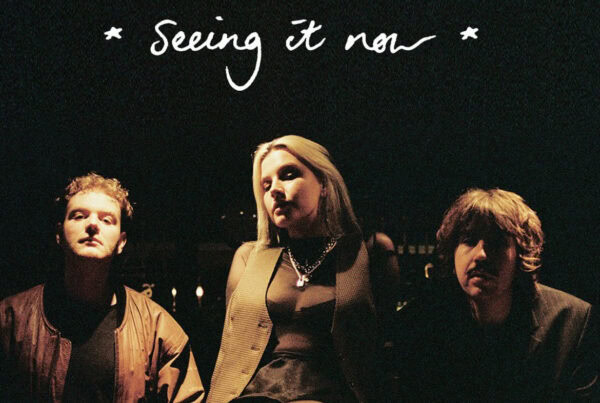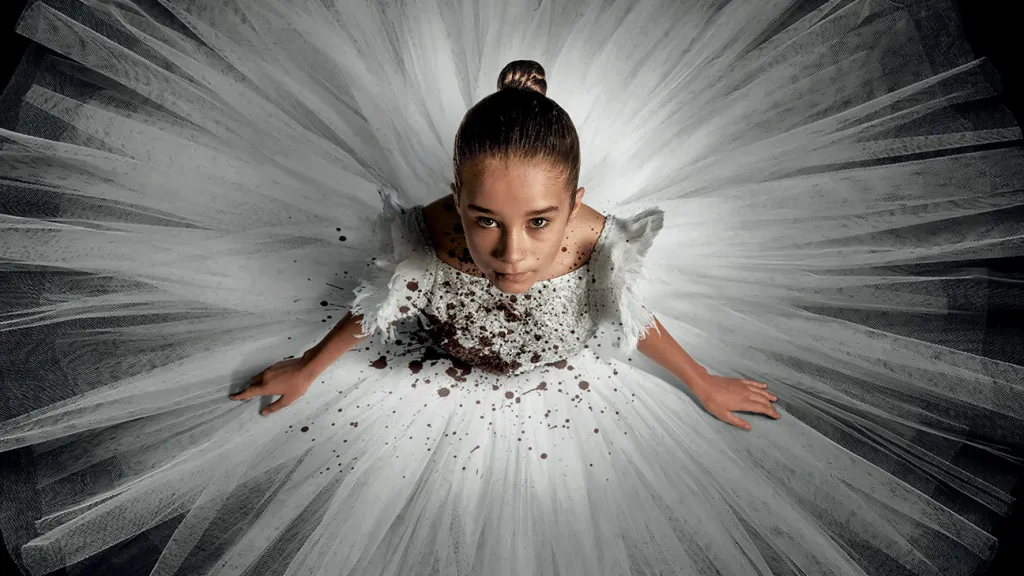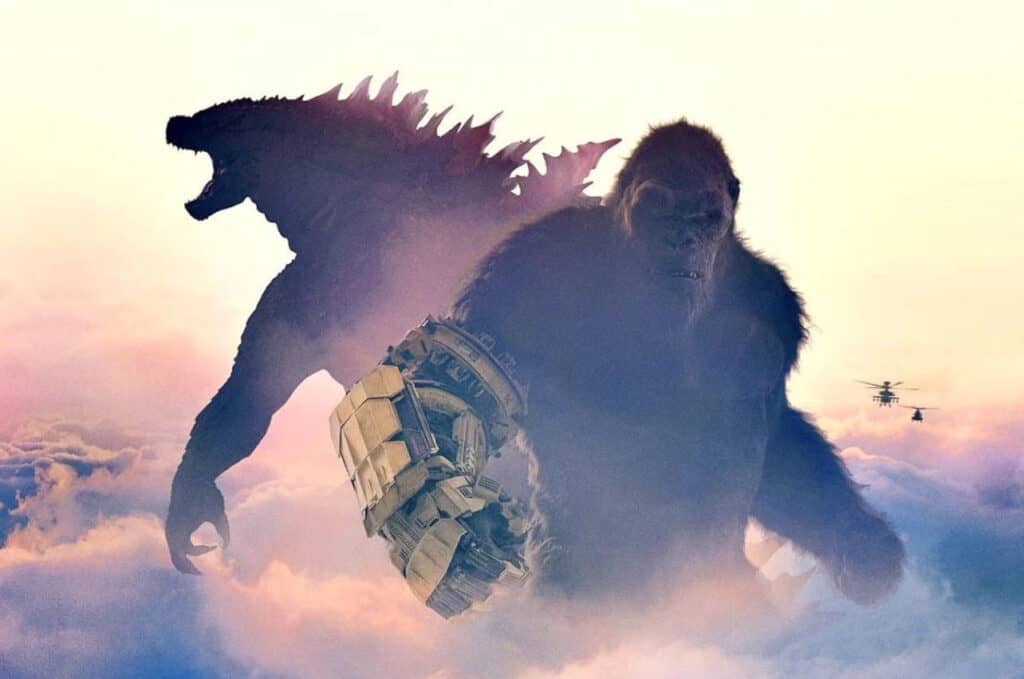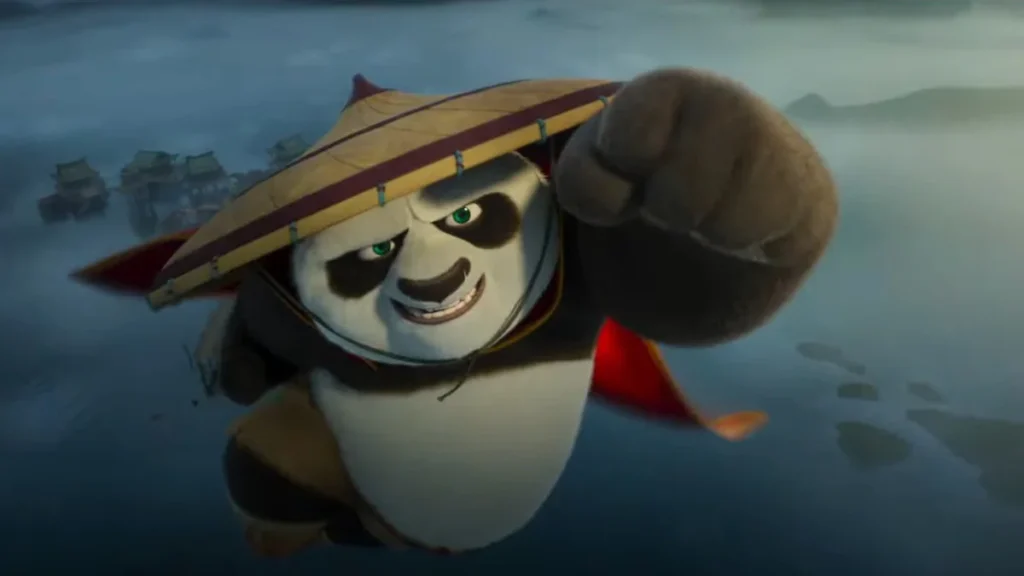Ryusuke Hamaguchi is an incredibly fascinating director. Drive My Car was a unique experience about life, in a toned down road trip style that worked a treat. This, his next film, has elevated him up to one of this era’s finest.
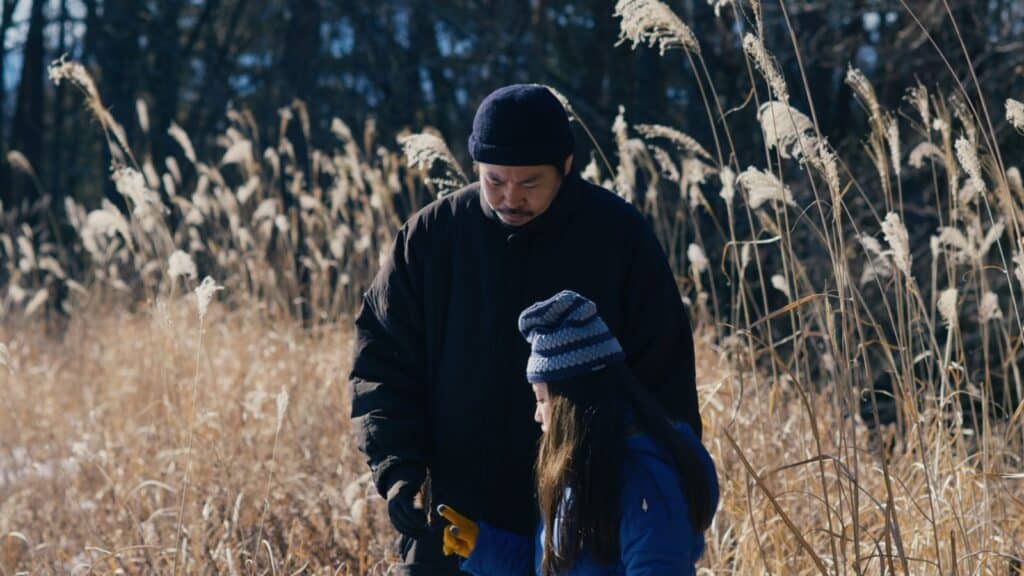
Many will be turned off by the slow and mediative approach that he takes with Evil Does Not Exist, but that is exactly why it is so effective.
Hamaguchi presents this juxtaposition between a rural environment and its seemingly knowledgeable inhabitants, to an urban landscape with whom some of our ignorant characters reside. A delicate score and gorgeously composed long takes, make up the portions of our journey through nature in this film. It opens on a lengthy shot of a forest from the ground up, as the camera moves through the woods.
Through these sweeping woodland sequences we see a small body of water partially iced over that seems to shift as the film goes on. The small pool that is the locals way of life, threatened by possible pollution through urbanisation. We also glimpse distant shots of a deer at a rare occasion. Hamaguchi cleverly uses off screen gun shots throughout as a reminder of the domination that humans seem to have over the woods inhabitants. Our slaughter of animals is just reduced to background noise. He seems to do this because quite frankly he presents bigger problems in this film.
The antithesis of the city and woodland areas, highlight Hamaguchi’s message about the rapid violence of urbanisation. The seemingly clueless urban residents trying to squander the innocent lives of the local residents of this small community. He uses the concept of ‘glamping’ as the forefront for what is being used to potentially ruin the land. A modern day variation of a typically country based activity. Hamaguchi is calling us out and pointing the blame at us. This is not all he is trying to tell us though.
He employs these seemingly quiet characters lead by a father and daughter. Hamaguchi utilises the daughter Hana as a figure of appreciation for her surroundings. A figure juxtaposed by the careless urban residents. She starts to wonder home through the woods alone one a couple of occasions. Hamaguchi’s employs some brilliant blocking here, as we track with her through the woods, but the trees in the foreground make her barley visible. These long, wide angled takes, perfectly immerse into the woodland area and the calmness that seems to come with this lifestyle.
He frequently reminds us about our place in nature and the cycle that follows it. Along with the gunshots, we see a shot of a decomposed animal carcass, and the passing around of animal feathers to an elderly man in the community. Hamaguchi tells us that the deer, a creature that has had its trail land threatened, will only serve as a danger when its been shot. The rapid urbanisation is the bullet. The deer is the community. A cautionary tale pointing a finger at us. At our part in the destruction of nature and the consequences that follow.
The idea of what Hamaguchi is trying to convey is woven together into a perfectly out of place climax. Out of place because the direction switches pace and we move into some frantically moving sequences. These will question the viewers interpretation of what has occurred leading up to that moment. It will leave you still in your seats as the credits roll. The closing shots switch back to these long static takes, as if what had threatened the nature; had stopped.
He and along with a handful of other passionate filmmakers, are taking Japan cinema to the top of the modern food chain. Little are doing it quite like Ryusuke Hamaguchi is right now. A reminder of our place and responsibilities in the cycle of nature and the ever urbanising world. A tale of what happens when even the quiet are threatened.

